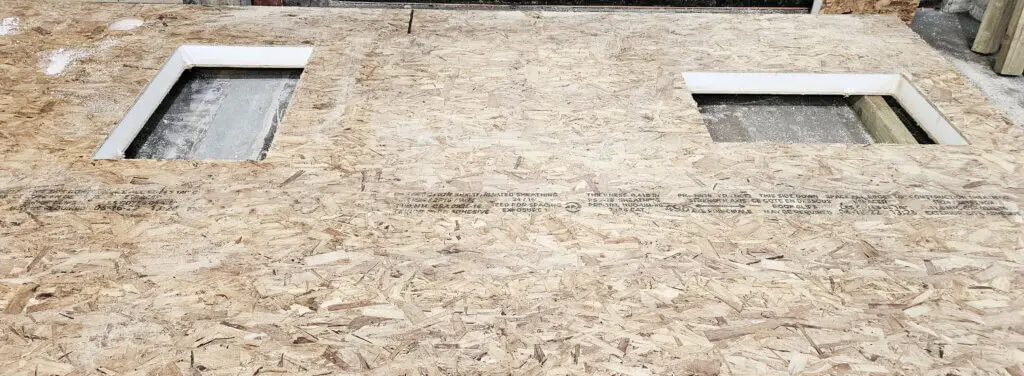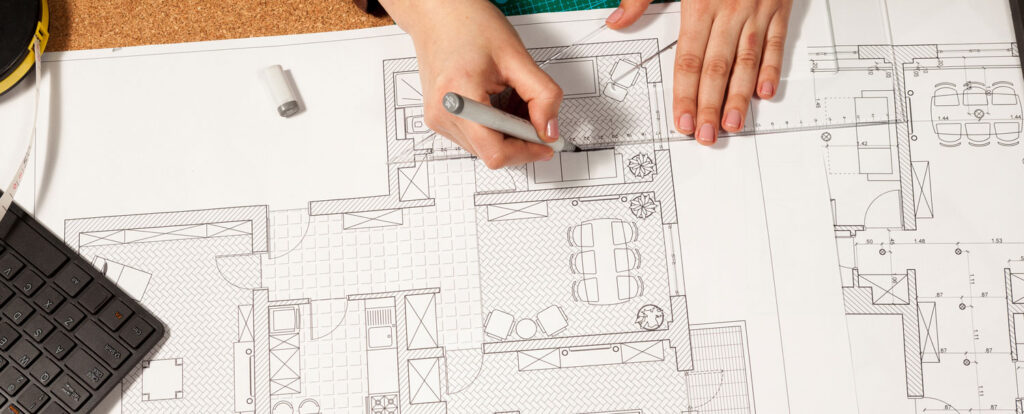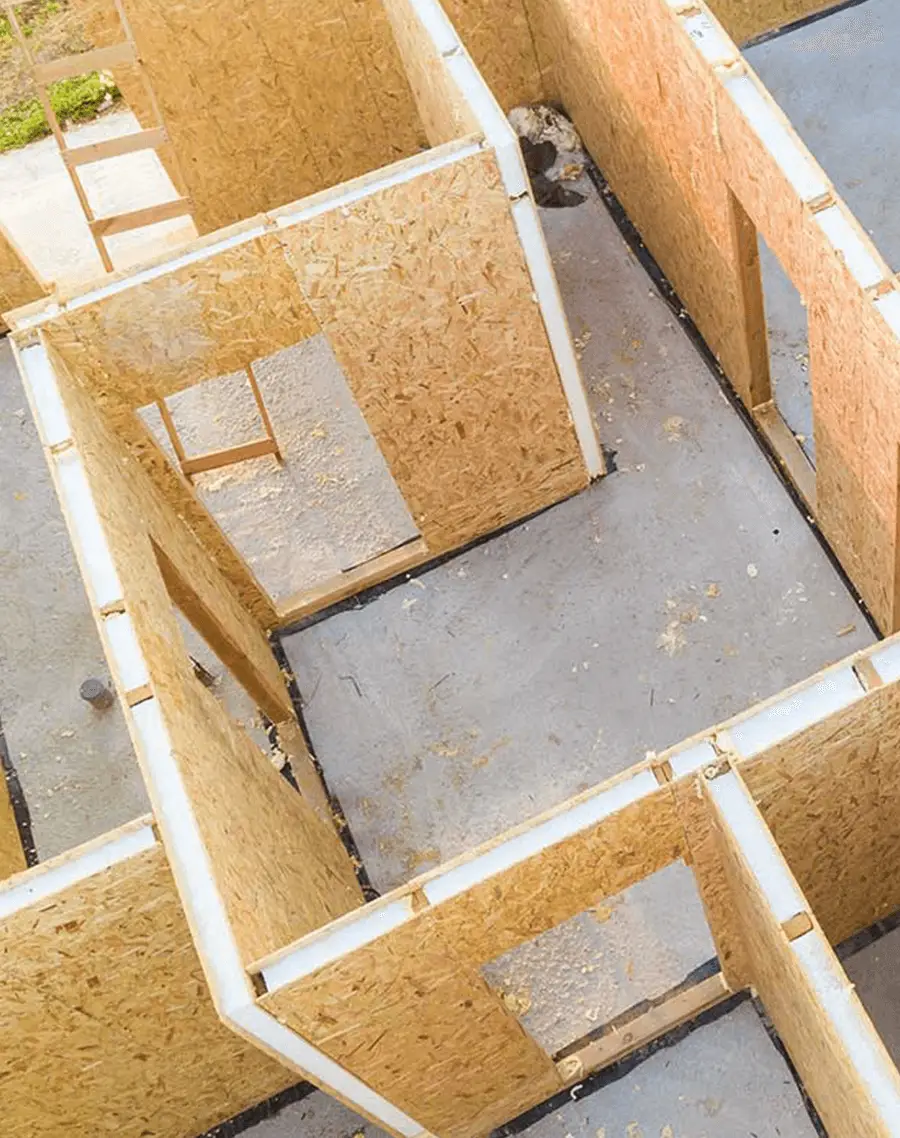Despite being an ideal solution for energy-efficient, sustainable homes, Structural Insulated Panels (SIPs) are still not widely used in New Zealand’s construction industry. This is surprising given the significant benefits SIPs offer for creating high-performance buildings—especially in New Zealand’s varied climate. As a SIP supplier, we often hear the same concerns and misconceptions, which we believe can be easily addressed with the right information and support.
Here’s a look at the main reasons SIPs aren’t more common in New Zealand, along with some positive insights into how these barriers can be overcome.
1. Limited Awareness and Understanding
SIPs are a relatively new concept in New Zealand’s construction landscape, so builders and homeowners aren’t always aware of their advantages. This lack of familiarity can make traditional materials like timber framing the go-to choice by default. However, this is changing as more projects using SIPs gain visibility and people start seeing the superior comfort, durability, and energy savings firsthand.
Solution: To accelerate this shift, we need to focus on education and showcasing successful case studies. As a SIP supplier, we are dedicated to demonstrating the performance of SIP homes through workshops, seminars, and online content. This will help homeowners and builders understand that SIPs are not just another building material—they are a game-changer for modern, sustainable homes in New Zealand.
The Takeaway: As awareness grows, so will adoption. Those who invest in SIPs today are leading the way in delivering future-proof homes that offer unmatched performance.
2. Perception of High Costs
The perception that SIPs are expensive is a common concern. While it’s true that SIPs can have a higher initial cost compared to traditional building materials, this doesn’t tell the full story. When you consider faster construction times, reduced labor costs, and long-term energy savings, the overall cost of a SIP home is often lower in the long run. Plus, with better energy efficiency, homeowners save significantly on heating and cooling, making SIPs a smart investment.
Solution: As a SIP supplier, it’s essential for us to highlight the total cost of ownership to potential clients. Offering comparisons that show the real value over a building’s lifespan will help builders and homeowners see SIPs as a worthwhile investment that pays off in comfort and reduced operating costs.
The Takeaway: By shifting the conversation from upfront costs to lifetime value, SIPs become a clear choice for those looking to build high-performance homes that stand the test of time.

3. Lack of Skilled Installers and Builders
SIP installation requires specific skills and knowledge that aren’t yet widespread in New Zealand. This lack of trained professionals can make builders hesitant to recommend or use SIPs, fearing improper installation could compromise the end result. However, this challenge also represents an opportunity.
Solution: As a leading SIP supplier, we are creating certified training programs and working closely with local builders to upskill them. This will build a pool of qualified SIP installers. For builders, becoming proficient with SIPs is a chance to stand out in the market as experts in high-performance construction—positioning them as leaders in sustainable building solutions.
The Takeaway: Investing in training now will pay off significantly as SIPs grow in popularity, opening up new project opportunities and establishing a reputation for quality craftsmanship.
4. Conservative Building Culture
New Zealand’s construction industry tends to favor established methods and materials, like timber framing, which have been the norm for decades. This conservative approach makes it challenging for new technologies, like SIPs, to gain traction. However, the push for more energy-efficient homes and stricter building codes are starting to shift this mindset.
Solution: As a SIP supplier, the key is to demonstrate that SIPs are not just an alternative—they’re a superior solution for meeting and exceeding the requirements of the New Zealand Building Code. By aligning with future standards and proving the long-term durability of SIP homes, we can show builders that SIPs are not a risky option but a forward-thinking choice.
The Takeaway: Builders who adapt to using SIPs early will be well-positioned to meet future regulations and offer customers a better, more sustainable product.

5. Regulatory and Code Compliance Perceptions
Some builders mistakenly believe that SIPs can be difficult to work with from a regulatory perspective, or that they might struggle to meet New Zealand’s Building Code standards. This misconception creates unnecessary hesitation around using SIPs in new builds.
Solution: In reality, SIPs meet and often exceed the requirements for insulation and structural integrity. As a SIP supplier, it’s our job to provide clear guidance and support through every stage of the building process. By working closely with regulatory bodies and educating builders, we can eliminate any confusion around compliance and show that SIPs are not just code-compliant—they’re code-exceeding.
The Takeaway: SIPs can streamline compliance and help builders meet evolving standards with ease, making them a reliable choice for high-performance building.
6. Limited Local Supply and Support
The SIPs industry in New Zealand is still developing, which means there are fewer local suppliers and support networks compared to traditional materials. This can make it difficult for builders to access SIPs easily, and for homeowners to find experienced professionals for their projects.
Solution: As a committed SIP supplier, we’re working to strengthen the local supply chain by offering comprehensive support and working closely with builders to ensure a smooth experience. By partnering with other industry leaders and promoting sustainable construction practices, we can expand the reach and availability of SIPs across New Zealand.
The Takeaway: The industry is growing, and those who support SIPs now are helping to build a more robust market for sustainable building in New Zealand.

The Future of SIPs in New Zealand
While SIPs aren’t yet the norm in New Zealand, the demand for high-performance, sustainable homes is on the rise. As a SIP supplier, we are committed to addressing these barriers and promoting the real benefits of SIPs. By supporting builders, homeowners, and architects, we can help the construction industry see that SIPs are not just another building material—they’re the future of construction in New Zealand.
For more information about how SIPs can benefit your next project or to learn more about our locally manufactured SIPs, feel free to reach out here. As a trusted SIP supplier, we’re here to help builders and homeowners alike discover the potential of SIPs and build better, more efficient homes across Aotearoa.


